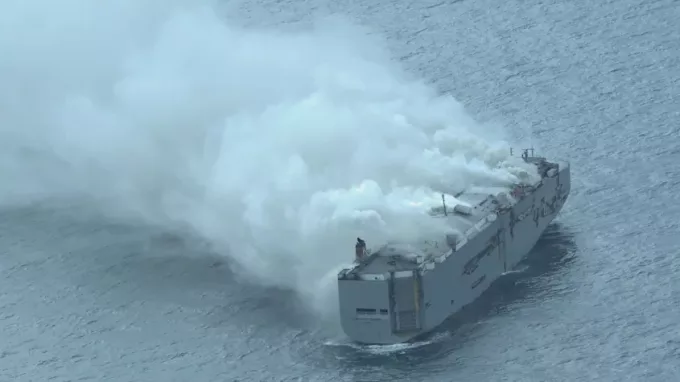Storm warning: another active Atlantic hurricane season predicted
TT Club has been investigating the probability of the damaging extent of this year’s hurricane ...

Yet another car carrier inferno, this one with electric vehicle batteries explicitly named as the culprit, resulting in the death of a seafarer and injuries to 22 others, is raising safety concerns beyond the threat of the fire itself.
Seven of Panama-flagged Fremantle Highway’s 25-strong crew jumped ...

Comment on this article